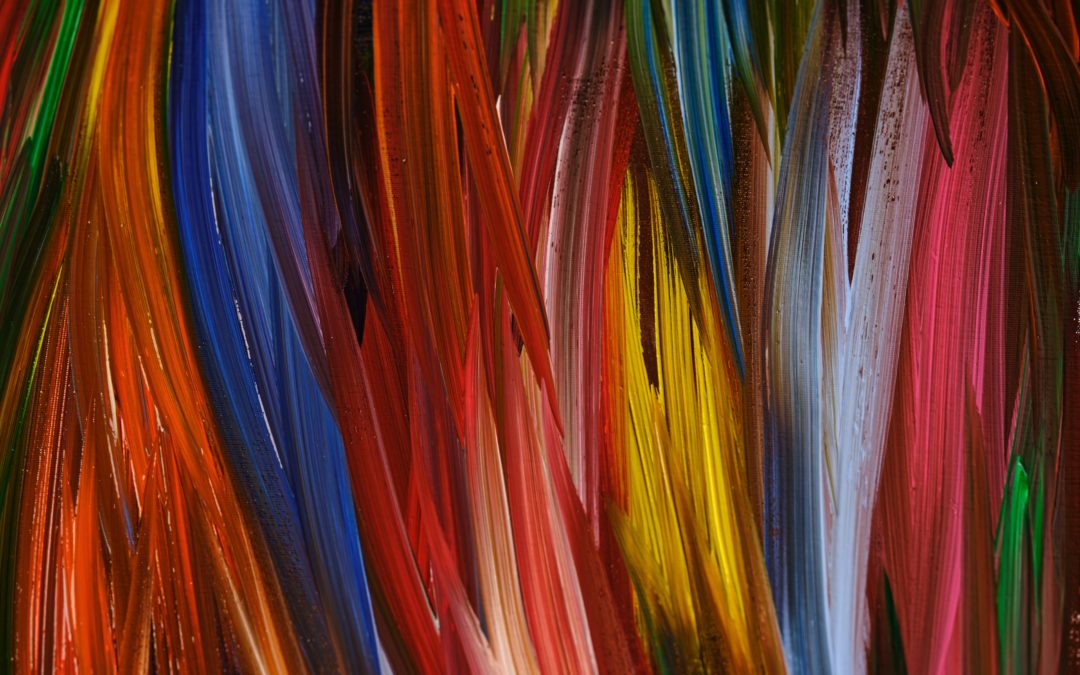Author: Birdie Thorn
To understand the appeal of Hypomania/mania, you must understand the dread of depression. Bipolar depression is much more than occasional bouts of the blues. It can feel as though you are stuck in the deepest parts of your brain while your body moves through the world on autopilot. Autopilot feels like you are hovering above your body as a bystander. Little to no control over the emotional turmoil you are experiencing. Bipolar depression is being dropped at the entrance of a dark maze that starts at the back of your brain. Your goal is to navigate through that maze to find a light that marks your exit. With bipolar depression, it can come on with little to no warning. You won’t know how long it will stay or how deep you will go. The unpredictability and chaos of depression is exhausting. The exhaustion keeps us tired and feeling unable to do everyday tasks.
Mania after depression is as if a bolt of electricity hits you and sends a surge of energy across your mind and body. This surge of energy is wanted and needed after the long time you have spent exhausted. Sometimes, what appears to be the light of stability, is in fact, Hypomania/mania. When you have been in the dark for any extended period, you welcome the light regardless of what is creating it. Hypomania/mania is a rush of emotions that come on so strong that it feels as though your body lifts off the ground. The confidence to take on the world, the ability to start 10 new projects all at once, the flood of ideas, the loss of appetite, and little need for sleep. Hypomania/mania gives you the charm to get that new job or to attract a new partner. You become everything that depression took from you, but more. As appealing as hypomania/mania is though, it comes with a dark side too. Extreme agitation, rash decision making, and just enough arrogance that it pushes people away. There are consequences with both extremes of bipolar. Even with the consequences, Hypomania/mania is a familiar face in a crowd of strangers. Depression made you feel empty, Hypomania/Mania made you feel alive.
I have had many instances where I welcomed hypomania after a deep depression. For me, the “high” often leads me to applying for a new job or starting a new project. One of the last jobs that I had was obtained while I was in a hypomanic state. I knew if I could get a face-to-face interview, that I was going to get the job. I was confident and charismatic. I felt as though no task was too big and I would be better at this job than anyone else. I got the job, beating out 130 other candidates. Unfortunately, depression swung back around, convincing me that I could never be good enough for that job. I quit that job after only 1 year. After years of doing this same thing, I have learned it is a pattern for me. I am more aware of my moods and what I tend to do when I am either Hypomanic or depressed.
At the end of the day, the goal is to live somewhere in between these two extremes, to achieve Stability. Stability is possible. There are ways to manage your bipolar disorder. There are tools to help you learn to coexist in the same body as Bipolar. Learning our triggers that set us into a major mood is crucial. When we learn these triggers, we can set proper boundaries to avoid them. Some of these triggers can be: Inconsistent sleep schedule, not taking prescribed medication regularly, and substance use. Each person with bipolar experiences it a little differently. Your triggers may look different than someone else’s. If possible, have a crisis plan in place for when you go into a major mood. A crisis plan can look like having emergency access to your psychiatrist, having an on-call support friend, and reducing your commitments until you come back to stability.
Remember, you aren’t alone. Stability is possible. You can coexist with Bipolar and lead a successful life.
The content of the International Bipolar Foundation blogs is for informational purposes only. The content is not intended to be a substitute for professional medical advice, diagnosis, or treatment. Always seek the advice of your physician and never disregard professional medical advice because of something you have read in any IBPF content.



